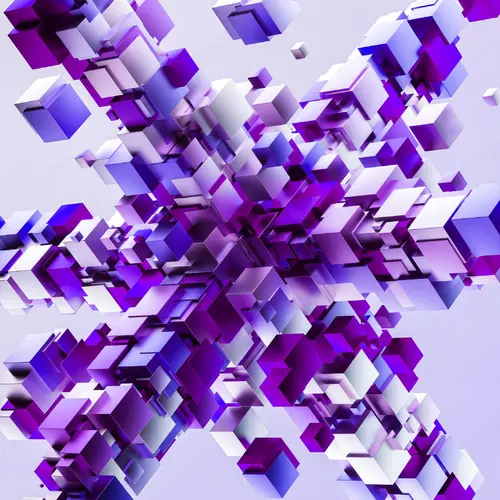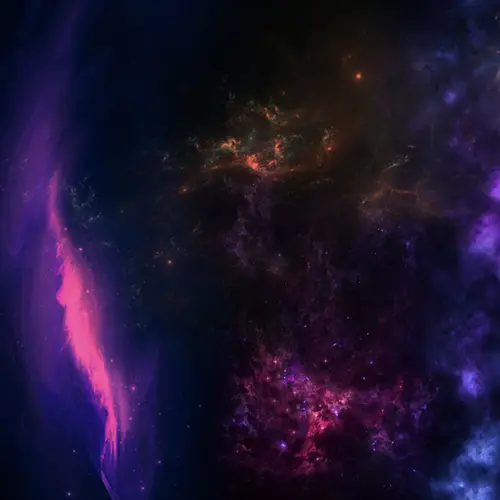
Kaleem Siddiqi
Biographie
Kaleem Siddiqi est professeur d’informatique à l’Université McGill et membre du Centre for Intelligent Machines de McGill. Il occupe le poste de vice-doyen à la recherche pour la Faculté des sciences de McGill, qui regroupe 275 professeur·e·s actif·ve·s en recherche au sein des départements des sciences atmosphériques et océaniques, de biologie, de chimie, d’informatique, des sciences de la Terre et des planètes, de géographie, de mathématiques et statistiques, de physique et de psychologie.
Il est membre académique associé de Mila, du Département de mathématiques et de statistiques de McGill, ainsi que du Goodman Centre for Cancer Research à McGill. Il détient une chaire conjointe FRQS en santé et en intelligence artificielle. Ses intérêts de recherche actuels couvrent des sujets en mathématiques appliquées, vision par ordinateur, analyse d’images biologiques, apprentissage automatique, neurosciences, robotique et perception visuelle. Il est rédacteur en chef de la revue Frontiers in Computer Science et a été rédacteur associé pour les IEEE Transactions on Pattern Analysis and Machine Intelligence (PAMI), Pattern Recognition et Frontiers in ICT.


